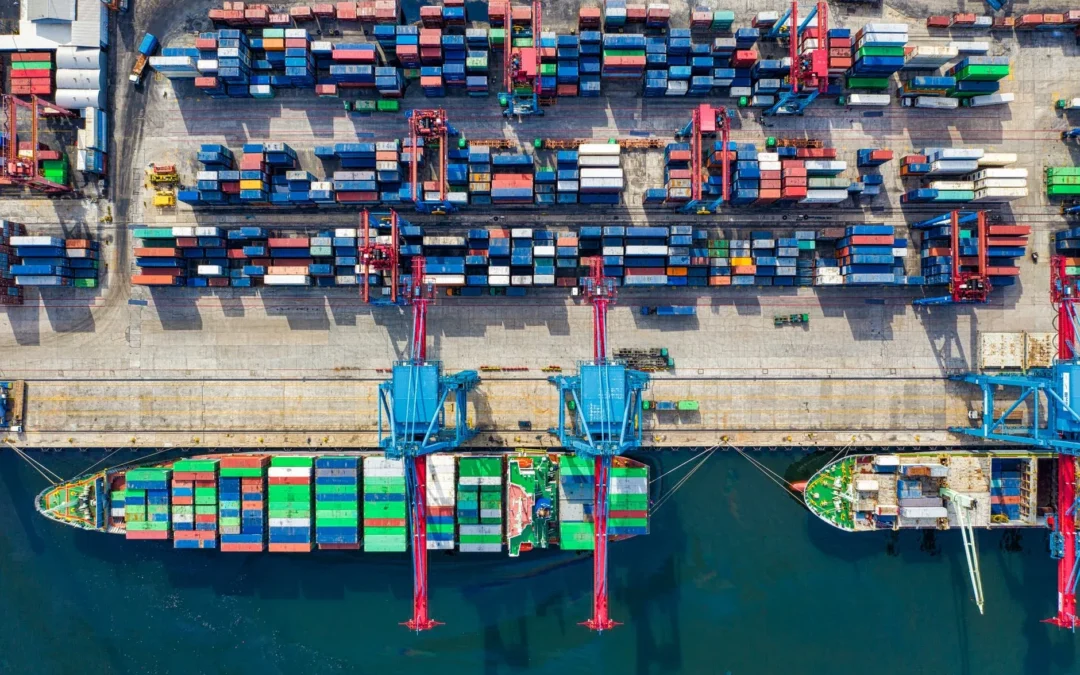Shipping terms can be complex, especially in international transactions. Delivered Duty Paid DDP incoterms offer both simplicity and efficiency by shifting the responsibility for customs, duties, and delivery to the seller. This arrangement streamlines the process for the buyer, allowing them to focus on their core operations. For professionals in global logistics, understanding Delivered Duty Paid is crucial for optimizing supply chain efficiency and minimizing potential issues. In this article, we will explain the key aspects of DDP shipping, its benefits, and why it has become a preferred choice for businesses seeking to enhance their shipping operations. Let’s examine how it can improve your logistics strategy.
What do DDP incoterms mean in shipping terms?
In Shipping terms, the DDP Incoterms (Delivered Duty Paid) means that the seller takes full responsibility for the delivery of goods to the buyer, including paying for any customs duties, taxes, and other shipping costs. In simpler terms, the seller handles everything, so the buyer doesn’t have to deal with customs paperwork or additional fees.
What are the seller’s responsibilities in DDP?
When sellers agree to DDP incoterms, they take on a substantial amount of responsibility. They handle every step of the process, from getting the goods ready for export to ensuring they reach the buyer’s location without any issues. These responsibilities include:
- Providing the goods: The basic responsibility is delivering the goods as agreed.
- Drafting paperwork: The seller prepares all the necessary documents, including customs forms and shipping paperwork.
- Packaging for export: Ensuring goods are properly packaged for safe international shipping.
- Handling export clearance: The seller clears the goods out from their own country.
- Meeting customs requirements: Ensuring the goods meet both export and import regulations.
- Covering transportation costs: The seller pays for shipping, including final delivery to the buyer’s destination country.
- Arranging proof of delivery: Confirming that the goods were delivered to the destination country.
- Paying for inspections: Covering the costs for any inspections required for the goods during transit.
- Notifying the buyer: Keeping the buyer updated on the delivery status.
What is the difference between DDP incoterms and DAP incoterms?
Simplify your international shipping With IOR Africa
DDP shipping might be exactly what your business needs. By choosing to hire a licensed Importer of Record along with our trusted EOR solutions, you gain comprehensive support for all your customs and compliance requirements, ensuring a more streamlined shipping process. If you have any questions or would like to explore your options further, please fill out our inquiry form for additional details or to schedule a personalized consultation.
Deepen your knowledge by reading related articles:
- Avoid disputes with Incoterm’s clarity
- Understanding IOR compliance
- The export regulations and EOR roles
Frequently Asked Questions
What is the difference between FOB (Free on Board) and Delivery Duty Paid?
- FOB stands for “free on board,” meaning that the seller is responsible for delivering goods to be loaded on board the vessel. (consignee, importer, buyer ) pays all freight charges, including import duties and taxes from the port of departure to the final destination country.
- Delivered duty paid, meaning that the seller carries goods to the buyer’s destination country and pays all import duties and taxes.
- Delivered duty paid is more expensive because they require the seller to pay all import charges from the port of entry to the final destination.
- Delivered duty paid are typical for high-value goods because they offer lower risk for importers.
What is the risk involved with delivered duty-paid terms?
The risks involved with delivered duty paid rules are that it can be expensive for sellers to deliver goods overseas, buyers may have trouble paying sellers at the same time they receive their shipment, and there is a high risk of import duty rates because importers aren’t sharing any costs. There’s also a high risk of damage during shipment. Therefore, with delivery duty paid the risk passes from the buyer to the seller, as the seller assumes and takes most responsibility.
How do you use delivery duty paid Incoterms?
The buyer needs to make sure that the duties are added to their purchase orders or shipping documents if they wish for this type of delivery. Sellers will often include duties details with an item’s description so that buyers can choose delivery if it’s available.
When the seller delivers goods to the importer of record, it specifies that the seller delivers goods to an importer without additional costs.

